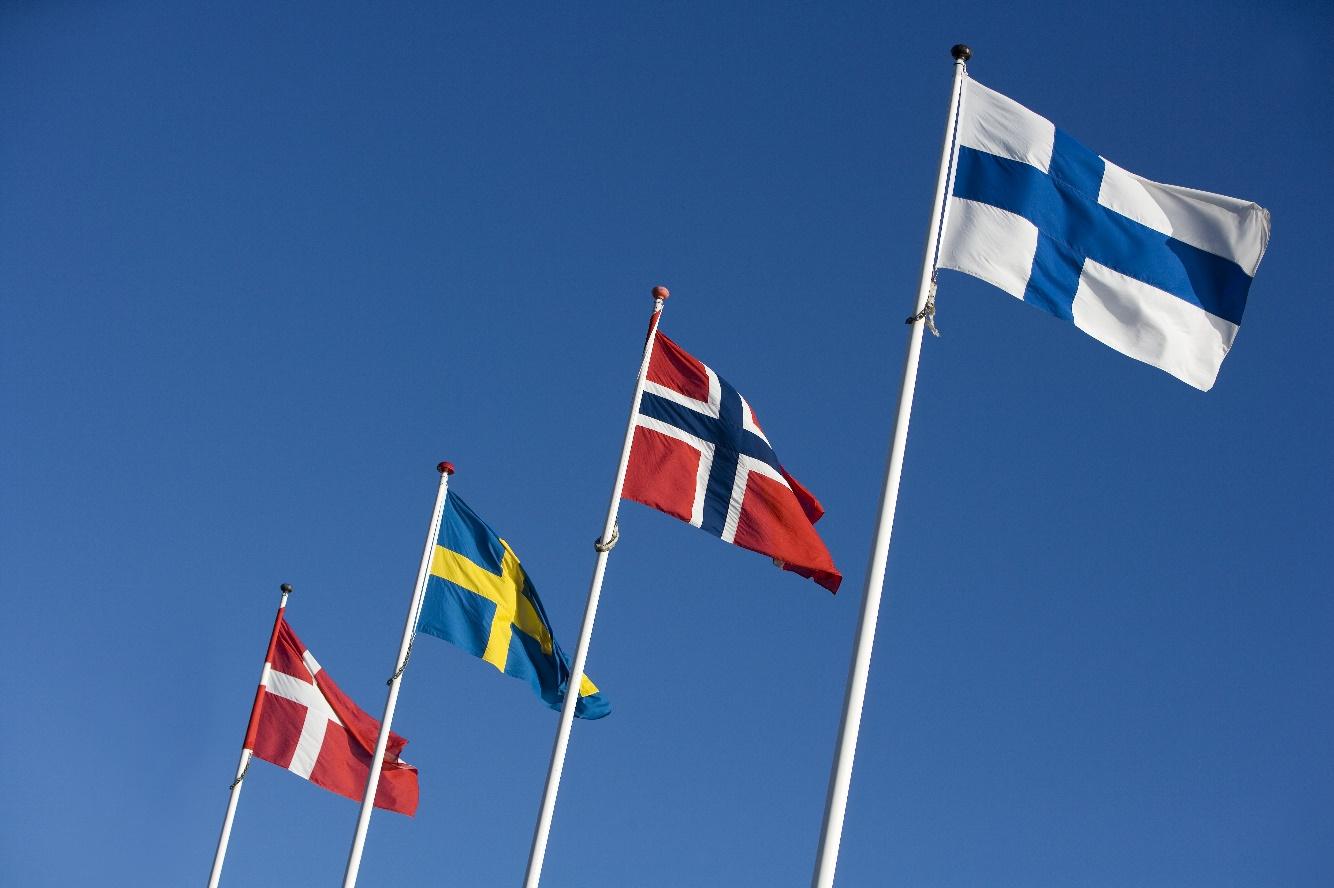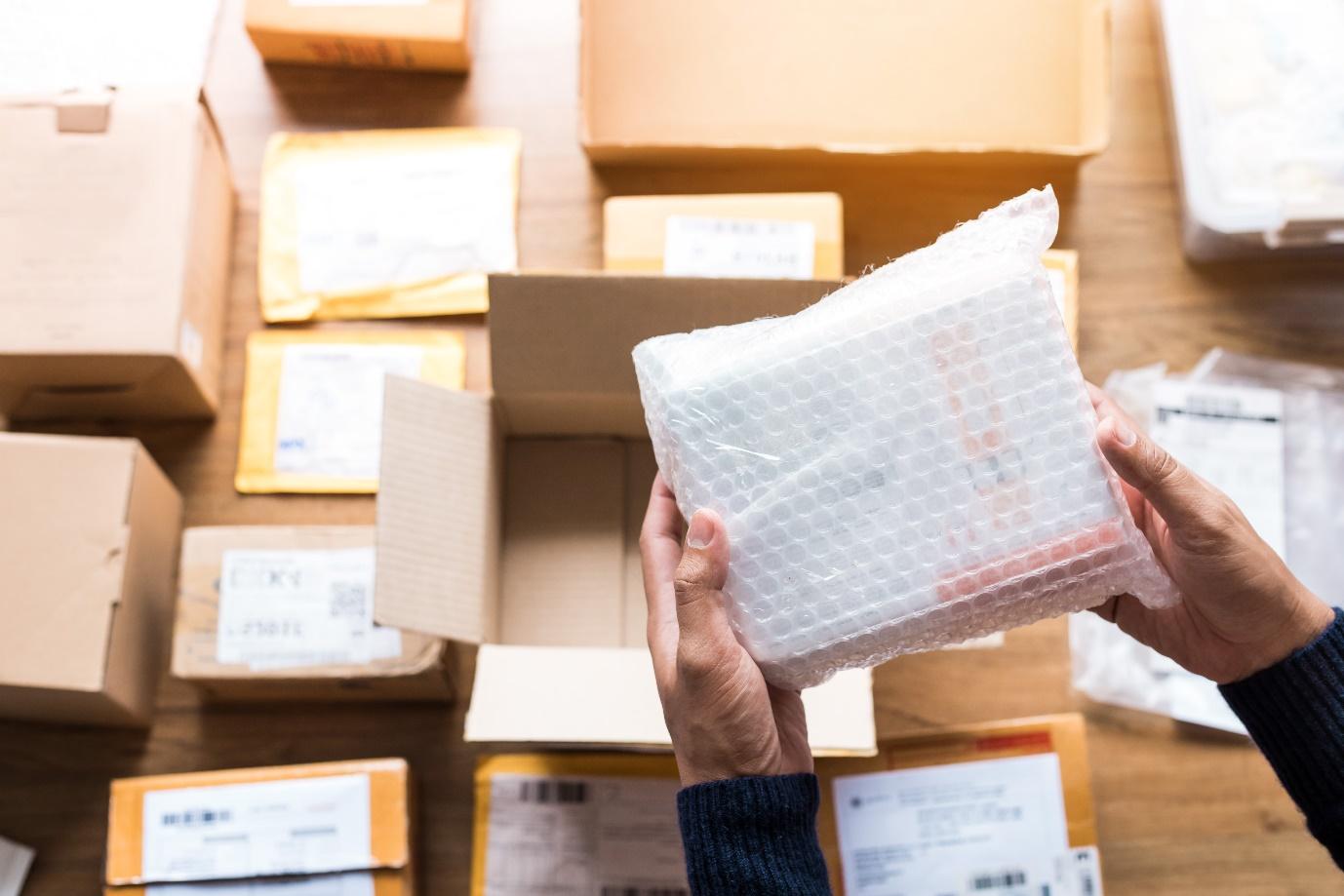The Nordic countries, in this text defined as Denmark, Finland, Norway and Sweden, together have a geographical area that extends over 490 000 square miles. Counting around 26 million inhabitants in total the region, with the exeption of Denmark, is among the most sparsely populated in the world. A fact that has meant that the region has a very long history of mail order and distance trading. So when online access became possible for everyone, the conditions for and the willingness for online shopping was already there.
It´s not unusual for international e-tailers who are considering establishing themselves in the dynamic Nordic region to look upon the four countries as one single market. That may turn out to be a mistake. Even if the Nordic online consumers have a lot in common when it comes to shopping behavior and preferences, there are significant differences in some respects that you need to be aware of.
When you sell to Sweden
The largest country in the region with just over 10 million inhabitants, and obviously also the largest market. With an Internet penetration of 98%, Sweden´s e-commerce market is one of the most developed in Europe and a characteristic feature of Swedish consumers is their high propensity to try new technological solutions. During 2021, 77% of the Swedish consumers bought goods from abroad. So buying from other countries doesn’t scare the Swedes off. When it comes to most popular product categories to buy, fashion & footwear, consumer electronics and cosmetics & skincare has been the top three for a number of years, and pharmacy products as a strong runner up. During the pandemic a large number of consumers also bought groceries but that category is now starting to lose momentum.
When Swedish online consumers buy products from other countries they prefer China, Germany and the UK.
The interest in international marketplaces has historically been quite low in all of the Nordic countries. However, in the last four, five years they have become increasingly established and in 2021, 41% of the Swedish online consumers shopped from German Zalando. Other popular players are Amazon and Wish. Concerning preferred delivery options, home delivery without signature is the number one alternative stated by 31%, followed by delivery to mailbox with 24% and collect the product myself from at service point at 23%.
Oddly enough, the tech savvy Swedes are still a bit old fashioned when it comes to how they want to pay. Most popular option is still invoice with 31 %, followed by debit or credit card at 28%, and PayPal or similar at 14%. But still, if invoice isn´t offered as an option, they will pay in another way.

When you sell to Denmark
With almost 6 million inhabitants, Denmark is the second largest country in the Nordic region in terms of people, but clearly the smallest in terms of land area. Transport distances are short which means that Danish domestic e-commerce has fairly fast delivery times compared with the other Nordic neighbours. The e-commerce market is well established, and according to several studies the Danish online consumers spend the most money per capita among the Nordic markets. According to DESI, the European Commission´s Digital Economy and Society Index, Denmark is in second place, behind the UK, in terms of the percentage of the population who make purchases online. Moreover, 54% of the Danish companies state that they are highly digitalized – the highest level in the EU, where the average is 28%.
The top three physical products to buy in Denmark are the classic online categories fashion & footwear, consumer electronics and cosmetics & skincare. As in Sweden, the coronavirus pandemic gave a boost to the grocerie category also in Denmark In 2018, 11% of the consumers stated that they bought food online, in 2021 the number was 25%. The pandemic also positively affected online sales of pharmacy products. When buying cross-border, the Danes tend to favor China, the UK and Germany.
Concerning international marketplaces, the German fashion retailer Zalando is a popular market participant also in Denmark,and the company launched its second-hand service Zircle on the Danish market during last year. Another new player is the online platform The Founded, started by the Danish fashion company Bestseller Group. When it comes to preferred delivery methods among Danish consumers, the pandemic has been involved and affected here as well. If we go back to 2018, the most preferred alternative was to pick up the purchased item myself from a service point. During and after the pandemic, by far the most popular option has been home delivery with signature at 34% followed by home delivery without signature at 21%, and only thirdly to pick up at a service point at 18%.

When you sell to Finland
With a population of a bit more than 5,5 million, Finland is the third country in the Nordic region in terms of population. As in the case of Sweden, the country is rather sparsley populated outside the metropolitan areas. This is most likely the reason why the Finnish e-commerce consumers are among those in Europe who are most likely to accept longer delivery times, in contrast to consumers in densely populated Denmark. Finnish e-commerce has historically lagged somewhat behind the other countries, despite the country´s high level of digitalization. The percentage of people who state they shop online at least once a month has increased from 49% in 2020 to 59% in 2021. Just as in the case of Sweden and Denmark, the top three most commonly products bought online are clothing & footwear at 55%, followed by home electronics at 40% and cosmetics and skin care at 33%. Groceries, pharmacy products and home furnishing has also gained shares the last few years. If we compare with the situation in 2016, those product categories were not even in top eight. The Finnish consumers are quite keen cross-border buyers. When making cross-border purchases, the Finns prefer to shop from Germany, China and the UK.
Finnish consumers are least likely to have purchased products from marketplaces if we compare to the Nordic neighbours. As much as 39% of the Finns state that they have not bought from any platform during 2021. As mentioned, they are fond of shopping from Germany so the total dominant among the marketsplaces is Zalando, with 36% of the consumers having made purchases, followed by eBay with 18% and Amazon at 15%.
In most of the markets studied in the Direct Link/PostNord report “E-commerce in Europe 2021”, home delivery is clearly the most preferred option when it comes to delivery alternatives. This is not the case in Finland. Consumers here are the only ones in the survey who hold collect myself from a parcel machine as their number one preference with 34% preferring this option, followed by delivery to mailbox at 27%, and collect the item myself from a service point at 17%.

When you sell to Norway
Having a population of 5,3 million, Norway is the smallest country in the Nordics in terms of number of inhabitants. It is also the only country in the region that is not a member of the EU. This fact places some special demands on foreign e-retailers who want to do business here – more about that further down in a separate text*. Consumers in Norway, as in the rest of the region, are digitally mature and internet use is among the highest in Europe. The pandemic has given many Norwegian e-commerce companies a major boost. In its annual report for 2020, the sports chain XXL reported growth of 43%. As a result of the tough restrictions during the pandemic, many companies have been forced to rethink. When DIY chain Clas Ohlson had to keep their stores closed, they offered the “curbside pick-up” delivery option – an option which has become very popular. Home delivery of food did also become very appreciated during the restrictions.
The Norwegian online consumers favors more or less the same products as consumers in their neighboring countries. The top products has virtually been the same over the last seven, eight years. The difference is that they now buy more of them, and more often. In 2016, 28% bought clothing & footwear, 16% purchased cosmetics and skin care. In 2021, the equivalent numbers were 56% for clothing & footwear and 31% for cosmetics and skin care. When buying online from other countries, they favor China, the US and the UK.
Norwegian consumers have a strong interest in cross-border shopping. The German fashion giant Zalando tops tops the list of favorites also in Norway. Consumers here also buy more from the US than do their Nordic neighbors, which may be related to the fact that Norway is not a member of the EU. In addition to the foreign market places, Norway has quite a number of domestic companies with large market shares such as Komplett.no, which sells electronics, and the grocery chain Kolonial.no. The most preferred delivery option among the Norwegian consumers are collect myself from a service point at 44%, delivery to mailbox
with 18% and home delivery at 15%.
*Shipping e-commerce items to Norway – then you need to comply with the VOEC scheme
As from July 1st 2021, the EU introduced new rules on VAT that apply to all member states. The Import One-Stop Shop (IOSS). According to the VAT rules applicable up until Juli 21st , no import VAT had to be paid for commercial goods of a value up to EUR 22. After that date, all commercial goods imported into the EU from a third country or third territory is subjected to VAT, irrespective of their value.
Norway, which is not a member of the EU, has its own system called VOEC, VAT On Electronic Commerce. The purpose is to simplify customs procedure, with no customs declaration. The main element of the scheme is that foreign sellers with at total turnover in Norway exceeding 50 000 NOK during a twelve months period, will be liable to pay Norwegian VAT when selling low value goods, valued at less than 3,000 NOK to consumers in Norway. If you are sending goods with a value above that limit, no VOEC registration is possible, all items exceeding that value will be customs cleared into Norway.
Thus, as a foreign e-commerce provider selling to Norwegian consumers, and qualified as above, you need to register for VOEC. Please find more information following the link here.
Direct Link create borderless e-commerce solutions for global delivery and is an expert in customer – specific delivery solutions and the distribution of e-commerce goods to anywhere in the world. Direct Link knows the people, the systems, and the ways between. Direct Link is a fully owned subsidiary of PostNord, the Swedish and Danish national post service.
Reach out to Direct Link to find out how to level up your cross-border deliveries and fulfilment: HERE
Author: Olof Källgren, Market Information Manager, Direct Link




